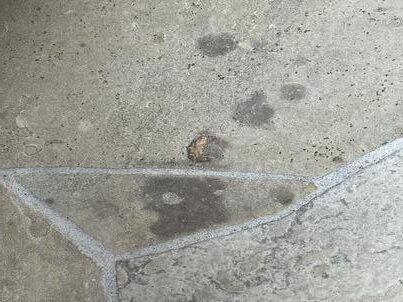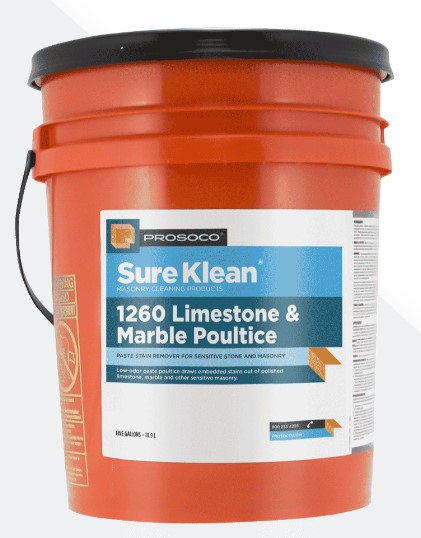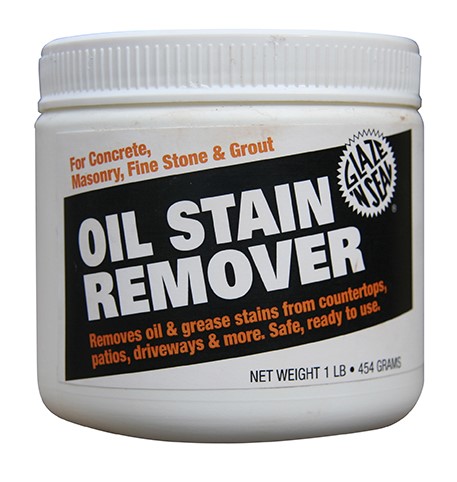Imagine you’re hosting a backyard summer party. Everyone’s smiling and leaning into conversations. Drinks in hand. Then one of your best friends spills wine on your brand new natural stone patio. What do you do? Besides squeezing out a plastic smile and telling her it’s no problem, you should probably get some rags. And maybe a cleaner. But which cleaner? How to treat these stains? And how fast? Those answers depend on what kind of stone you have.

When trying to figure out how to care and clean stone, the first thing you need to know is the stone’s acid sensitivity. Stones like granite and quartz are far more forgiving. You don’t need rush to clean up spills and you might get away with cleaners that aren’t Ph neutral. Sandstones are interesting because you can basically sand the stains out. Since sandstones carry color all the way through, you can get diamond sanders and grind away until the stain is gone.
On the other spectrum you have marble, limestone, and travertine—all highly acid sensitive. This means if you spill something like wine or lemonade on the stone and don’t clean it up until tomorrow, there’s a good chance you’ll get etch marks. Etch marks are different from stains. Stains are caused by liquids seeping into pores of stone. Etching occurs when acid eats away thin layers of stone. Those rings left by chemical reactions require a bit more work and ingenuity to deal with.
Most often you’ll see etching on marble in kitchens and bathrooms. Think of little rings from Listerine left on the bottom of the bottle day after day. Or sizzling olive oil spattering over from the stove.
If you do find etch marks we recommend taking care of them sooner rather than later. The great thing about stone is it can be restored far better than any other material. So how can you do this?


For oil-based stains such as grease, peanut butter and cosmetics the only way to clean it is to draw the oil from the stone. Our favorite way is using a poultice made of baking soda and water and letting it soak for a few days. You should mix it to the consistency of peanut butter and cover the area with extra space to spare. Sometimes you may have to repeat the process several times to get tough stains out. Or cut to the chase and try Prosoco’s Sure Klean Limestone Poultice.
For organic stains such as wine and coffee or the dreaded lemon juice, our local stone cleaning expert, Mr. Peabody Stone Care, recommends using stone cleaning solutions from companies like Laticrete’s Stonetech, Glaze ’N Seal, or Dry Treat. Cleaners with hydrogen peroxide are the strongest but are generally used for spot cleaning, not general maintenance. Just be careful on darker stones as hydrogen peroxide may discolor if left too long. After finishing with the cleaner rinse off and let it dry out completely.

How about if you have a sick child with the stomach flu? Stomach acid is about as strong as acids get. Now you have strong etching that will be tough to remove. If you want to DIY then you can manually polish down the surface, assuming your stone was polished to begin with. If not then we recommend calling a stone cleaning expert. Even in our Mountain View showroom we’ve come across stains that required professional help.

To summarize, natural stone cleaning methods and solvents depend on stone type and acid sensitivity. Check the label of your natural stone cleaner to make sure it’s pH appropriate. If you’re ever in doubt on how to clean your natural stone floors and paving slabs, contact PBM, call a professional or consult the Natural Stone Institute for care and stone maintenance information.
And consider sealing or coating your stone to prevent stains and etching. Want to know more about sealing and coating? We’ll pick up that thread on the next blog.




